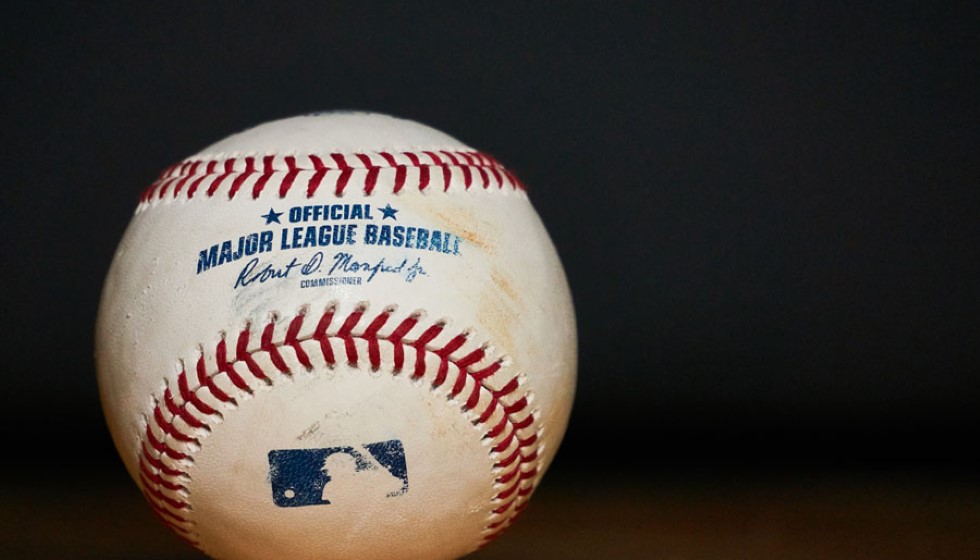
The Major League Baseball world found itself at the epicenter of yet another sensational trade as All-Star third baseman Isaac Paredes is set to don the Chicago Cubs uniform once more. The trade, agreed upon just ahead of the July 30 trade deadline, signifies a pivotal moment for both the Cubs and the Tampa Bay Rays.
Paredes' journey through the MLB has been nothing short of a rollercoaster. Originally signed by the Cubs as an amateur, Paredes has made significant pit stops, first at the Detroit Tigers and later with the Tampa Bay Rays, before now making his way back to Chicago. This latest move reunites Paredes with the franchise where his professional journey commenced, at the age of 25, bringing with him a wealth of experience and a promising track record.
Paredes' Impressive Statistics
Sporting a slash line of .237/.340/.458 (126 OPS+) with 67 home runs over the span of 354 games, Paredes positions himself amongst the most proficient third basemen in the league. Among his contemporaries over the same period, such as Rafael Devers, José Ramírez, Austin Riley, and Manny Machado, Paredes holds his own, firmly standing just behind them in OPS+.
However, it's important to note that his average exit velocity ranks in the 4th percentile, according to Statcast’s metrics. Moreover, Robert Orr's database reveals that Paredes pulls a greater share of fly balls than any other player in the majors. The Statcast system also estimates that if Paredes had played his games at Wrigley Field, he would have five fewer home runs this season and 12 fewer for his career.
The Cubs' Strategic Acquisition
The Cubs' decision to bring Paredes back into the fold stems from recognizing his potential to strengthen their lineup. Paredes’ contract control through the 2027 season offers the Cubs a long-term advantage, providing stability in their roster planning. This move aims to enhance the Cubs' batting capacity and overall team dynamics, a strategy reflecting their forward-looking approach.
The recently orchestrated trade also saw the inclusion of Christopher Morel, another promising batter at 25 years old. Morel's 90th percentile exit velocity puts him in the same league as sluggers like Teoscar Hernández and Joc Pederson. Reports suggest that the Rays might consider positioning Morel at second base, left field, or perhaps even as a designated hitter.
The Ray’s Bold Moves
Recently, the Rays have been active in the trading arena, moving significant players from their roster, including Randy Arozarena, Zach Eflin, Aaron Civale, Phil Maton, Jason Adam, and now, Paredes. Despite trading some key players, the Rays remain robust in playoff positioning, only half a game worse compared to the notable "White Flag Trade" executed by the 1997 Chicago White Sox.
Reflecting on the Rays' management style, an observer noted, "Clearly the Powers That Be in St. Petersburg view Ron Schueler as a fearless trailblazer that never got his due."
The boldness of the Rays' executive decisions highlights their willingness to take calculated risks. Analysts have recognized Morel's potential, asserting, "Morel strikes us as someone who is a decent bet to be an above-average hitter for at least the next few years." Furthermore, experts speculate on the Rays' possible strategy, saying, "The Rays may want to plop him down at second base (or left field, or DH) and say, 'That's that, go hit and we won't mind the defensive damage.'"
Trading Places
Additionally, the trade involves Bigge, a 26-year-old who has made four big-league appearances this season with the Cubs. Johnson, a 22-year-old recent pick from Ball State in last summer's 15th round, also finds himself included in the deal. These young talents could offer considerable upside and depth to the Rays' evolving roster.
This flurry of activity underscores a transformative period for these franchises. As Paredes prepares to re-embark on his journey with the Cubs, the baseball community watches with keen interest. Each move contributes to the evolving landscape of Major League Baseball, as teams strategically position themselves for future success.